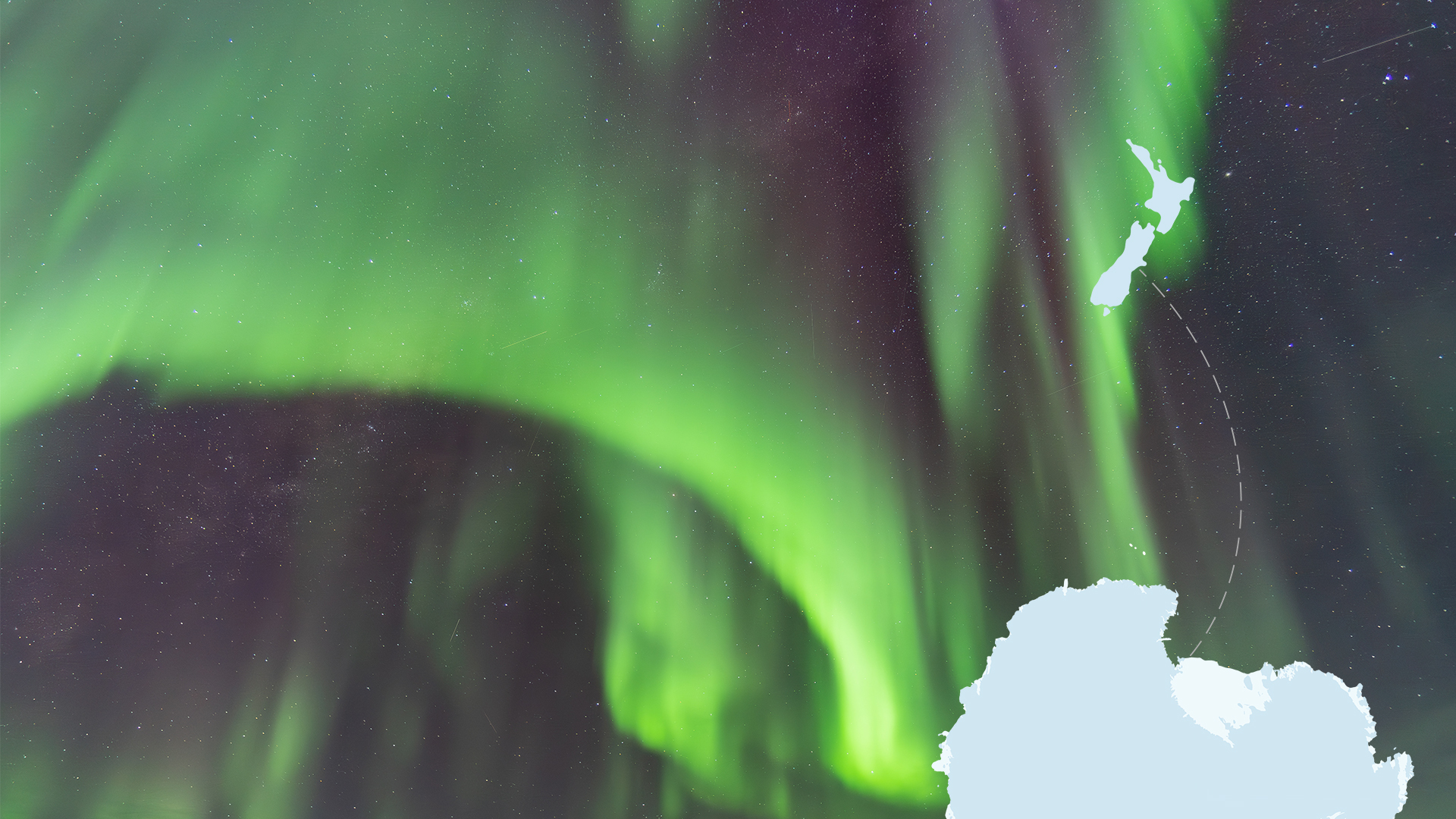
Impact portfolio
The Antarctic Science Platform’s research portfolio shows how change in Antarctica is affecting not just the region itself, but also New Zealand and the rest of the world.
This research synthesis presents accessible summaries of closely connected research areas from the first seven years of the Antarctic Science Platform.
These summaries:
- help to improve our understanding of important processes in Antarctica,
- explain how and why things are changing,
- highlight the research impacts, and
- are shared in a way that makes it easier for research partners and end-users to apply the knowledge.
Research summaries
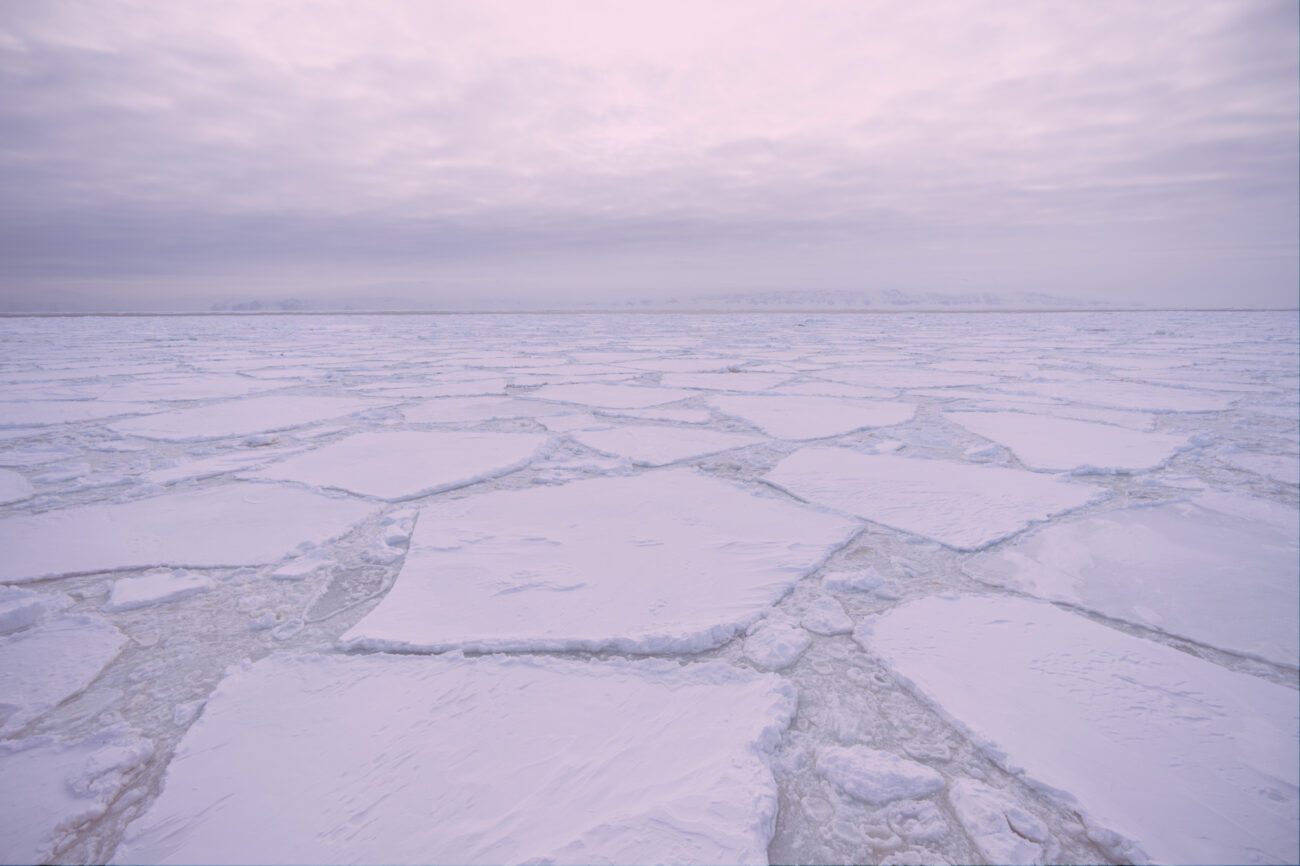
Declining Antarctic sea ice has cascading impacts
Changing Antarctic sea ice has global consequences. Since 2016, Antarctic sea ice has sharply and unexpectedly declined, likely due to combined effects of changes in the ocean, atmosphere, and winds. Understanding and monitoring changes in sea ice is crucial. This knowledge is needed to project future sea-ice behaviour and to understand the complex interactions between the ocean, atmosphere, ice, and ecosystems.
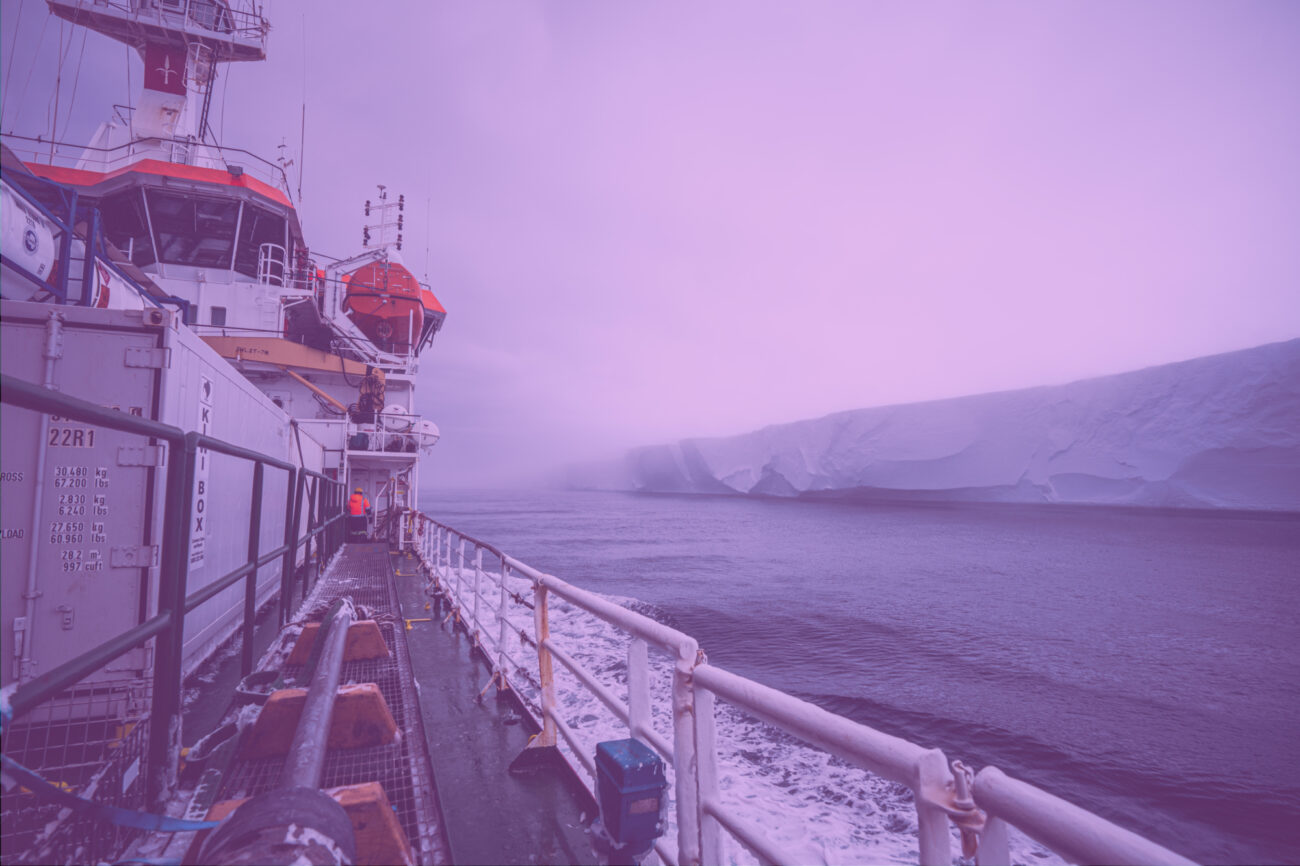
Ice mass loss: Antarctic ice sheets and shelves respond to climate change
Antarctic ice melt is a significant aspect of climate change that contributes to sea level rise and impacts regional and global climate patterns. The Antarctic Ice Sheet and ice shelves (floating on the ocean) are losing mass through a combination of ocean and atmospheric warming. When relatively warm ocean currents move under ice shelves, the ice melts from below. At the same time, warming air temperatures can increase surface melt, which can cause cracks to form and accelerate collapse. Simulation of past, present, and future change strengthens scientific understanding and improves predictions of ice sheet and climate behaviour.
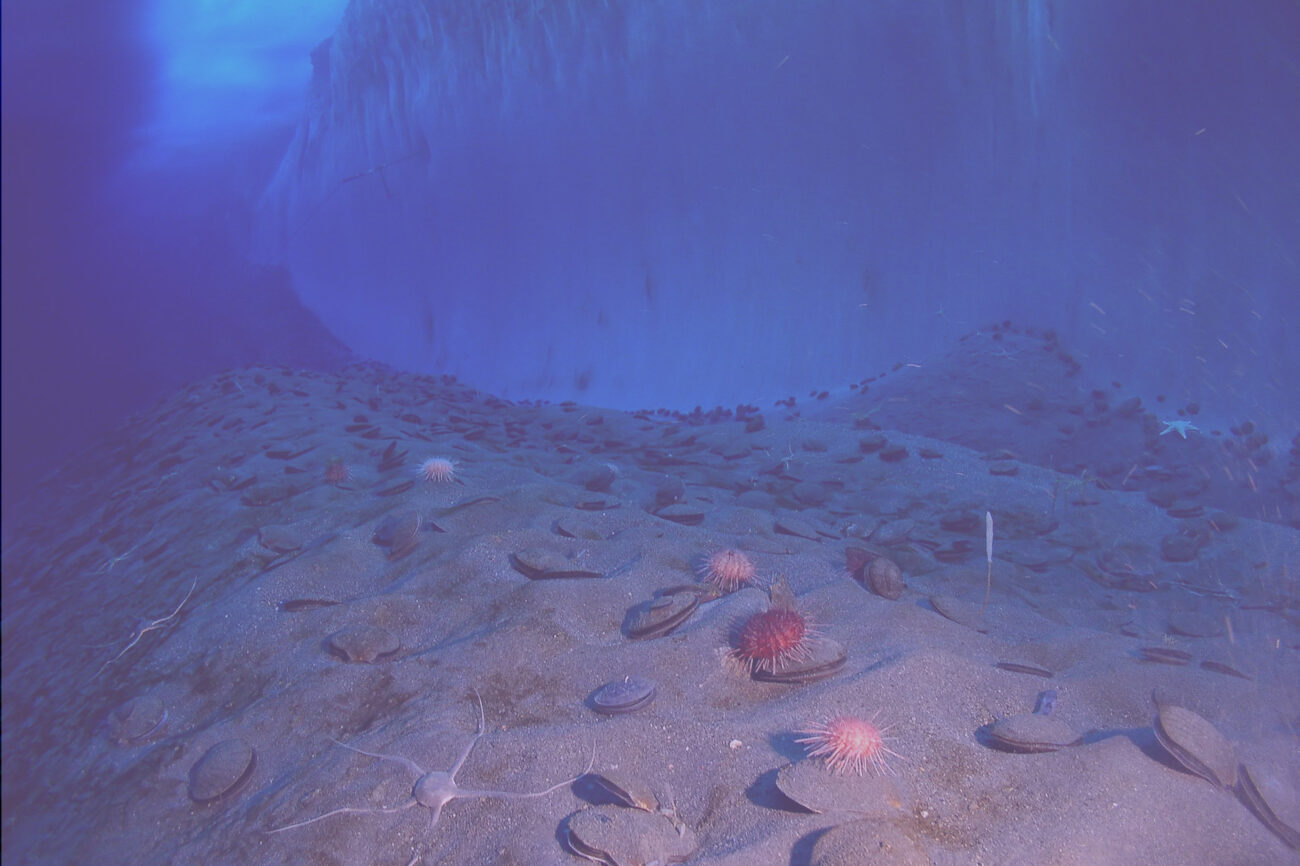
A living laboratory: Antarctica’s Ross Sea benthic communities
The Antarctic seafloor and its inhabitants (the benthic ecosystem) are affected by a changing physical environment, including warming and acidifying oceans, sea-ice loss, ice shelf retreat, and extreme weather events. These changes will result in winners and losers among ecologically important benthic species, which in turn will alter marine biodiversity and food webs. Studying this ‘living laboratory’ provides insights on potential impacts of climate change, and informs ecosystem protection and management.
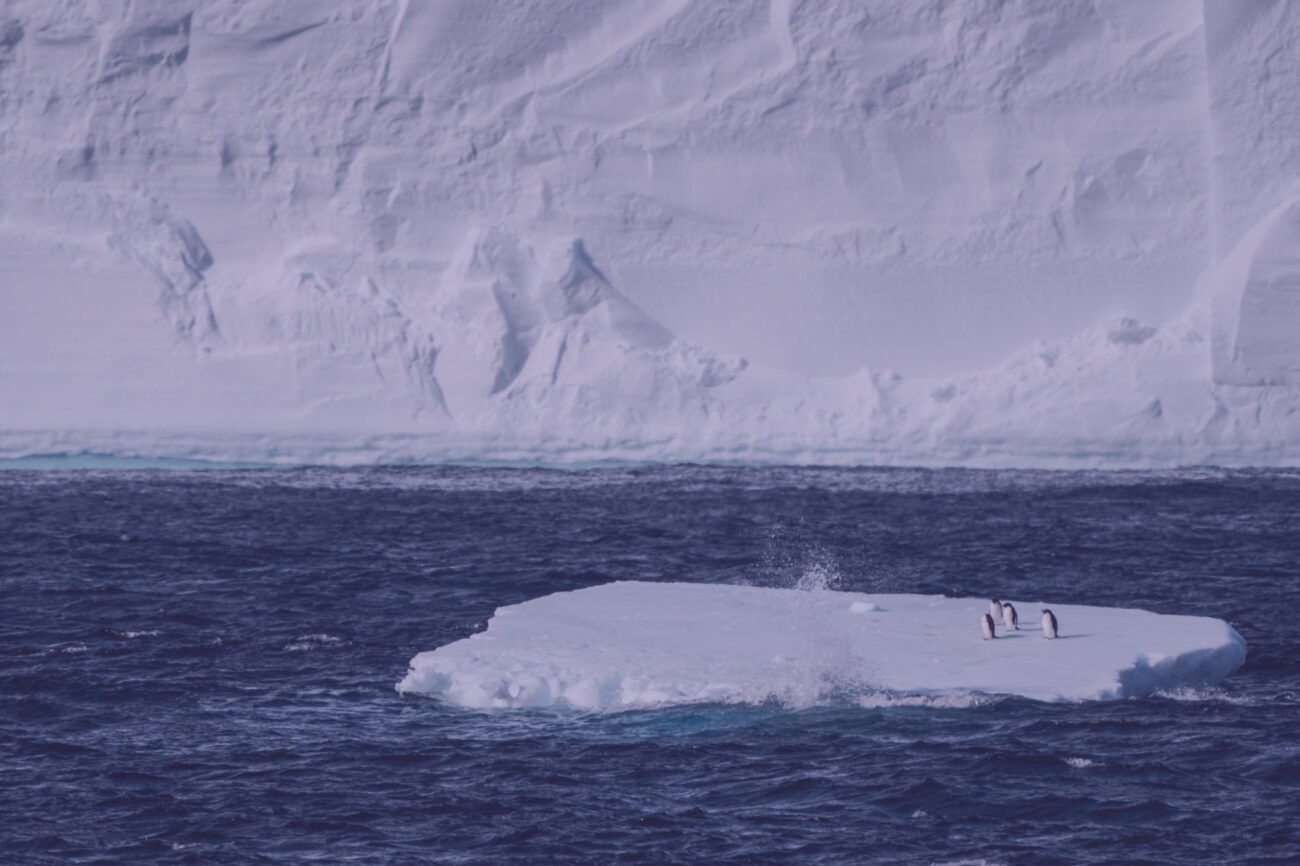
Life in a changing ocean: pelagic species in Antarctica's Ross Sea
The oceans around Antarctica are home to complex and productive ecosystems. These ecosystems are characterised by species found nowhere else in the world and a food web specially-adapted to the extreme environment. The Southern Ocean ecosystem is under pressure from fishing and a changing climate. In future, we expect the surface waters around Antarctica to be warmer and fresher (less salty), sea ice to decline, and the ocean currents to strengthen. Understanding how these changes will impact ocean productivity and ‘keystone’ species (those especially important in the food web) will help the international community prepare for, and respond to, these changes.
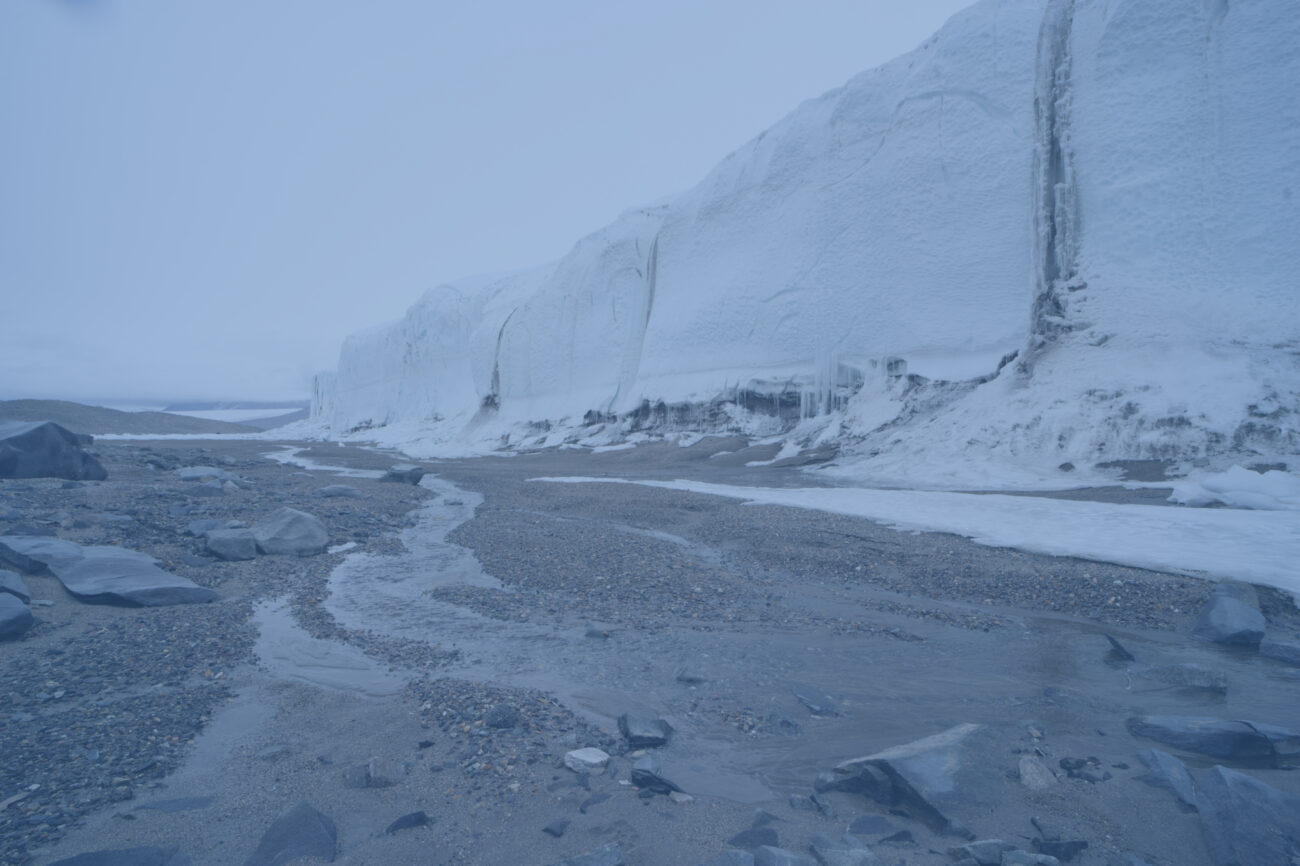
Antarctica's terrestrial ecology in a changing climate
Antarctica’s Ross Sea region has a range of terrestrial environments, including ice-covered lakes, isolated mountain ridges, and ancient soils. A changing climate may fundamentally impact the region’s unique ecosystems in ways that can affect species distribution, abundance, and productivity.
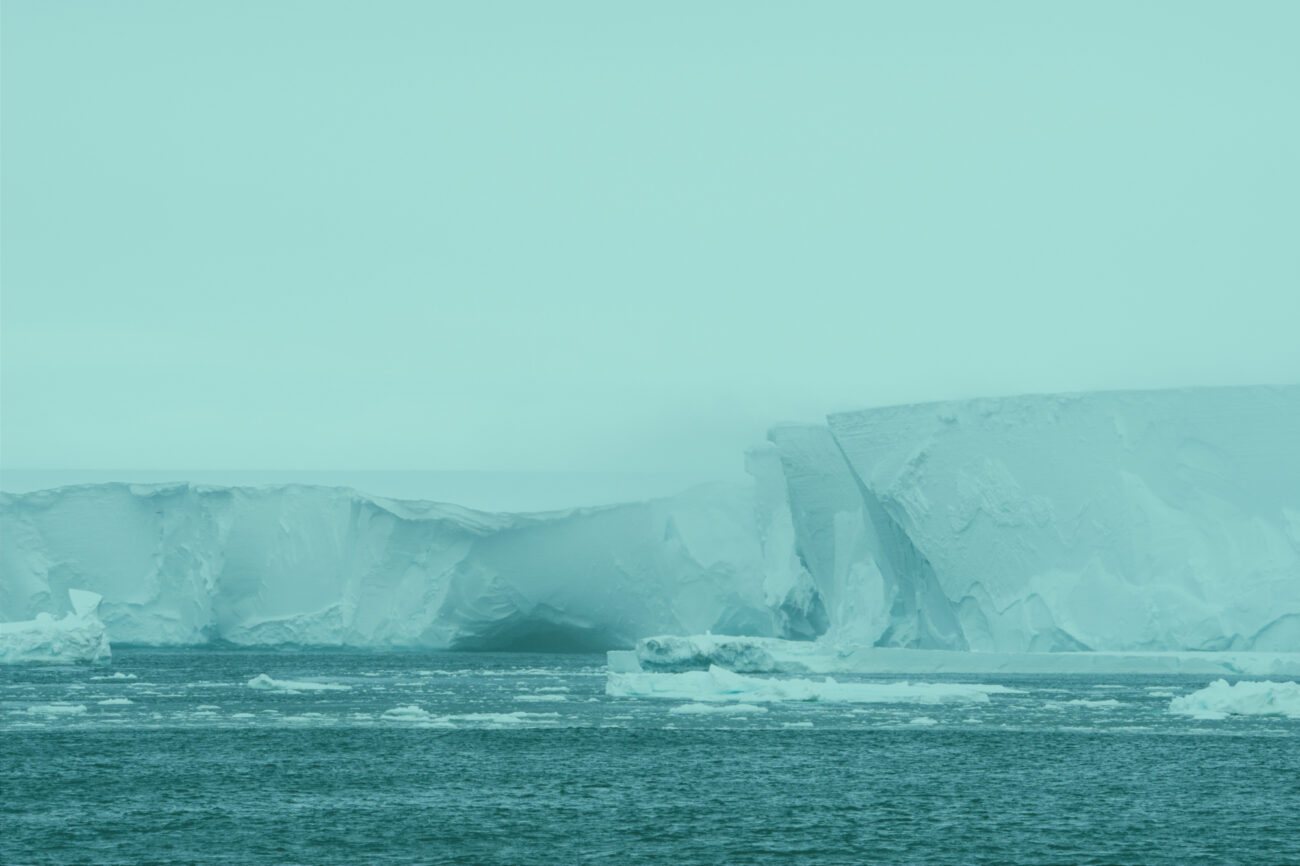
Antarctic Bottom Water and the Ross Sea: a gateway to global ocean circulation
Global ocean circulation and a changing climate are interdependent; changes in one can have cascading effects on the other. The Southern Ocean plays a critical role in Earth’s climate, absorbing excess heat and carbon dioxide (CO2) from the atmosphere. Changing environmental conditions and declining Antarctic sea ice have significant consequences for global climate, ocean ecosystems, and sea level rise. Research into ocean dynamics and dense water fluxes, particularly Antarctic Bottom Water formation, circulation, and interaction with Circumpolar Deep Water, provides a clearer understanding of how the Ross Sea and Southern Ocean will behave in future.
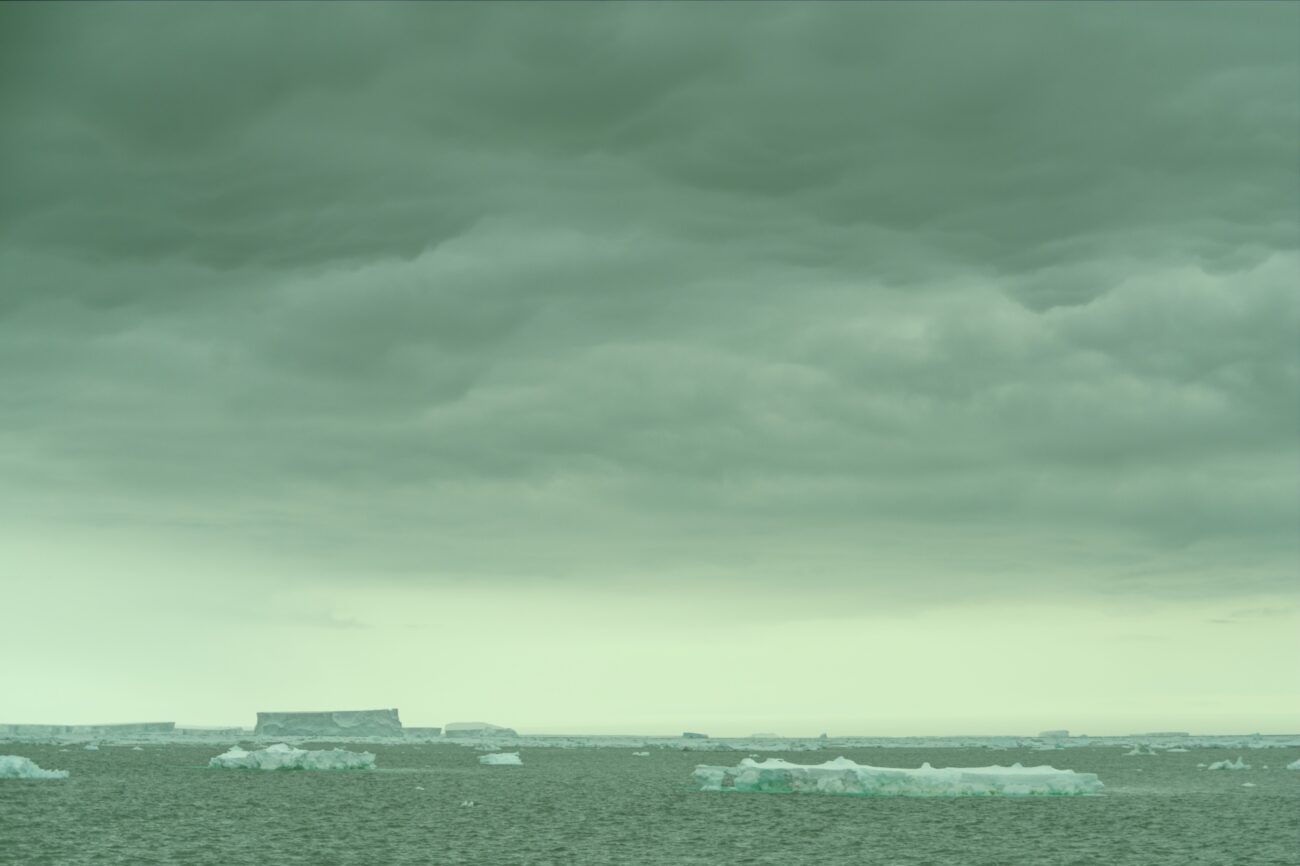
Antarctica’s changing weather and climate
Local weather and climate variations impact Antarctica’s biodiversity, ice shelf stability, polynya dynamics (open water within sea ice), and hydrological systems. Antarctica's climate is an inextricable part of the complex global processes that drive dynamics in the atmosphere, hydrosphere (water) and cryosphere (ice). Changes in Antarctica are propagated around the globe, with far-reaching effects on weather, sea-level rise, and ocean circulation, for example. A clearer understanding of how global climate change translates to local conditions in Antarctica, particularly the frequency and intensity of extreme events, helps to improve our understanding of the consequences of change.